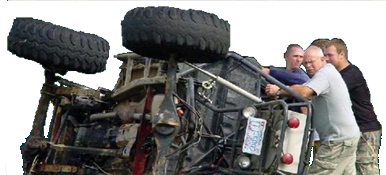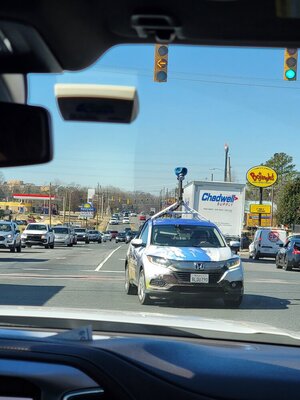here some info I saw from Jeff Jackson (NC Rep):
Over the last three days, I’ve been swamped with questions about the recent shoot-downs of unidentified aerial phenomena (UAPs).
I just had the opportunity to be part of a congressional briefing with Gen. VanHerck, the Commander of our North American Aerospace Defense Command (NORAD).
Here’s what we were told:
(And yes, this is all unclassified as of yesterday.)
The Spy Balloon
We’ve already recovered a lot of the debris from what he referred to as “the Chinese spy balloon,” including propulsion equipment.
They expect to gain significant intelligence from the recovery.
The Three UAPs
After the incident with the spy balloon, a decision was made to start scrutinizing our air space more closely. Adjustments were made to how we process a lot of the data we collect about what’s flying overhead. The vast majority of this data was not being processed because of compartmentalization by the different agencies that collect it. Basically, it’s being collected by different groups for different reasons and that meant the vast majority of the data wasn’t being processed because there was no single system that exists for the purpose of identifying these kinds of objects.
The three UAPs that have been shot down since then were all “fundamentally different” from the spy balloon in that they were much smaller and they were flying much lower, between 20,000 and 30,000 feet. That put them within the altitude band for civilian air traffic, which was a factor in the decision to shoot them down. By contrast, the spy balloon was at an altitude of 60,000 feet.
However, each of the three UAPs were flying in proximity to a “DOD sensitive location.” That was also a factor in shooting them down.
In the U.S., academic and commercial balloons have to include transponders that let the FAA know where they are at all times. These UAPs did not appear to have transponders, and that was also a factor in the decision to shoot them down.
Of the three UAPs, one was much larger than the other two. Its size and shape is consistent with a balloon. The other two were roughly the size of “an A.T.V. or a four-wheeler,” making them extremely difficult to see. They had to be shot down in daylight because they were too difficult to see at night.
All three UAPs appeared to “move in speed with the wind.”
It was repeatedly mentioned that there’s no evidence at this point that any of these three UAPs were doing anything nefarious and each of them could turn out to be academic or commercial. We won’t know until they’re recovered.
Here’s what’s happening with the recovery efforts:
One UAP was shot down over Alaska. The debris is believed to be on an ice cap, which is moving, and the temperature is -50 degrees with the windchill.
A second UAP was shot down in Canada in some very tall, snowy mountains. We’re assisting Canadians with trying to locate the debris.
A third UAP was shot down near the US/Canada border but is probably on the Canadian side.
There are no other UAPs being tracked at this time.
This episode has sparked a new effort to develop a set of strategies for detecting and eliminating UAPS - ideally without having to use extremely expensive missiles - and a better notification system for our governors and allies.
To my knowledge, that is the most specific information that is publicly available right now.
Best,
Rep. Jeff Jackson




